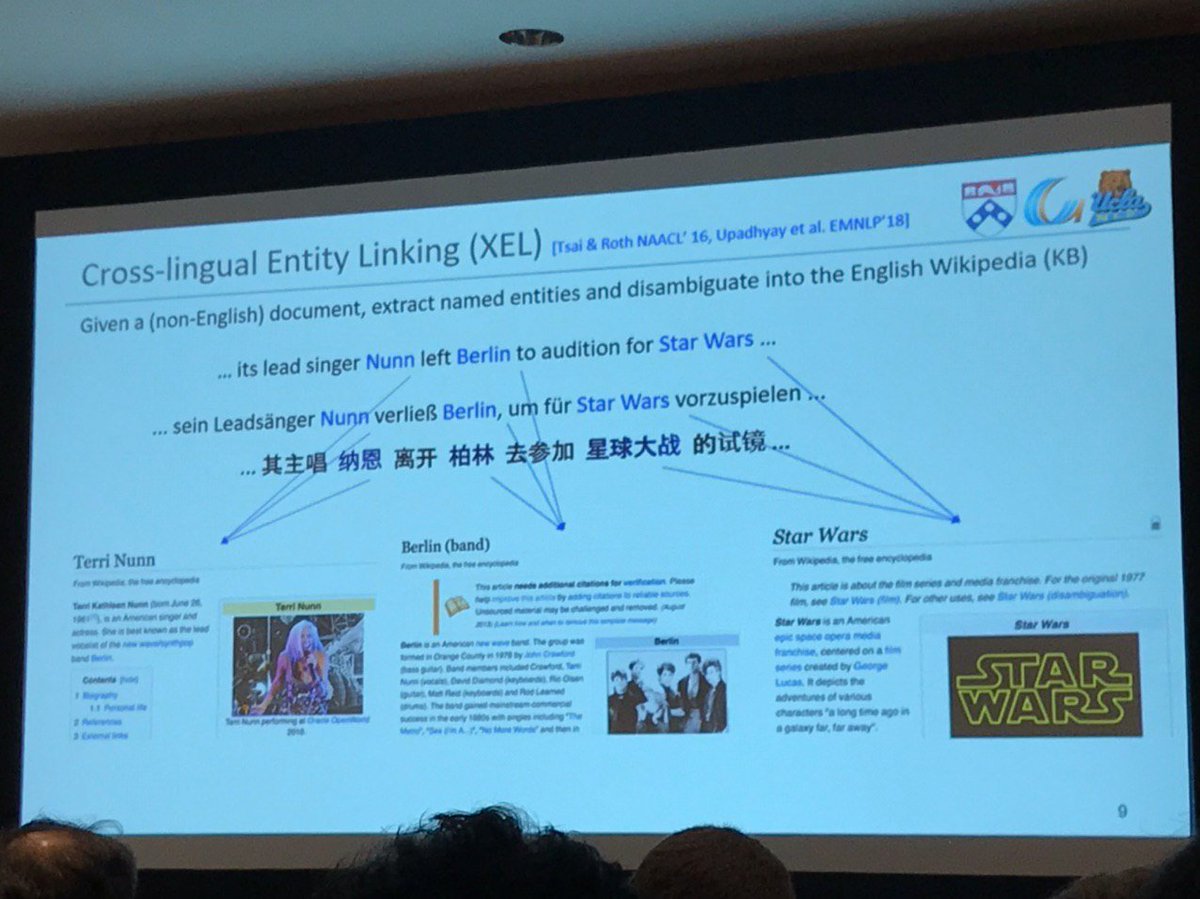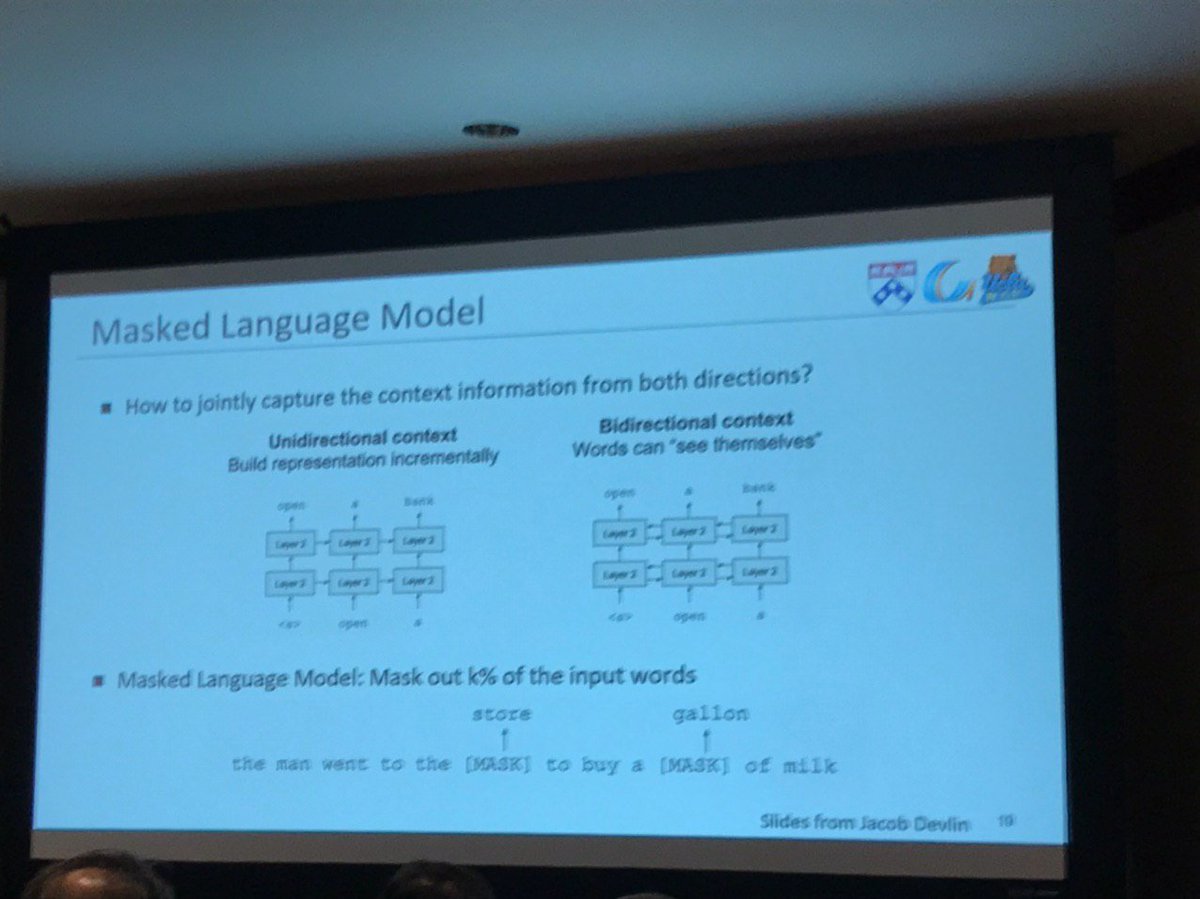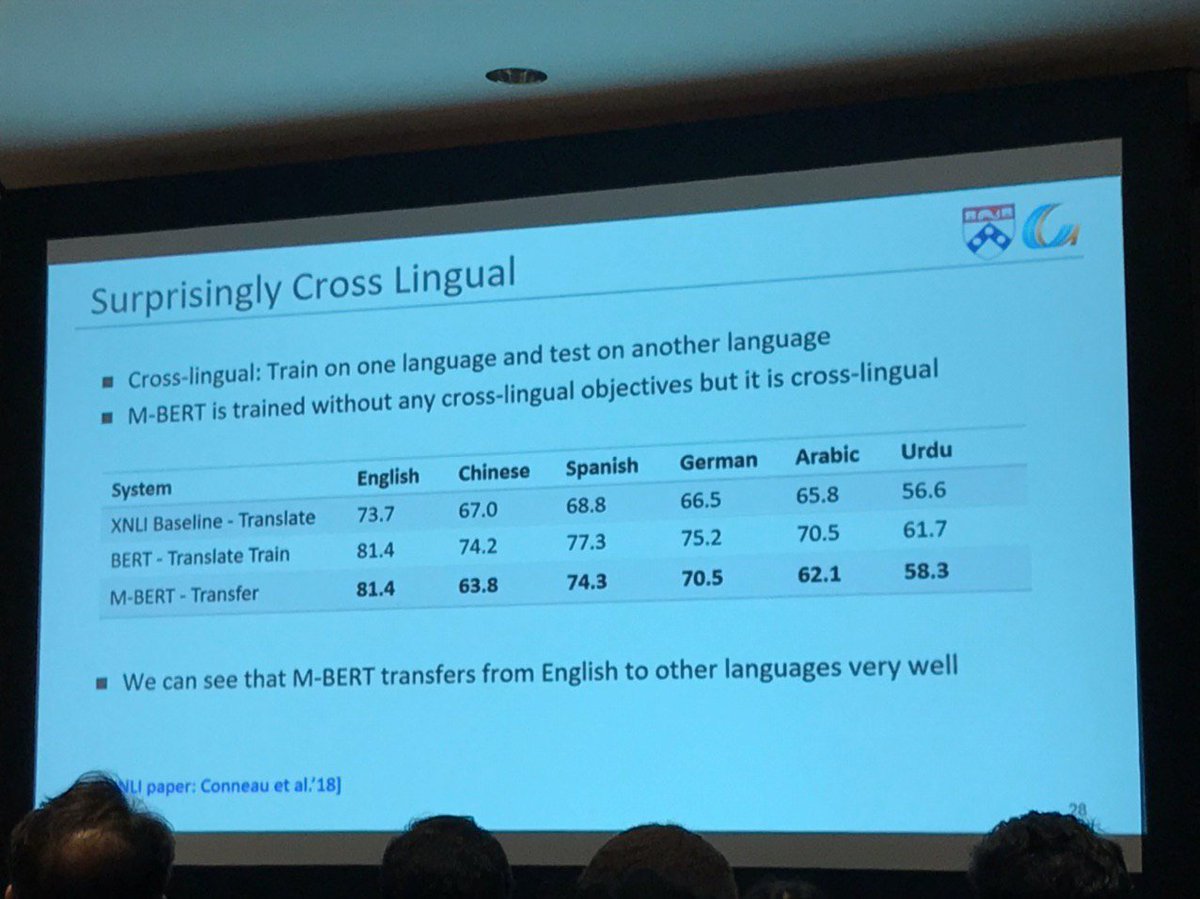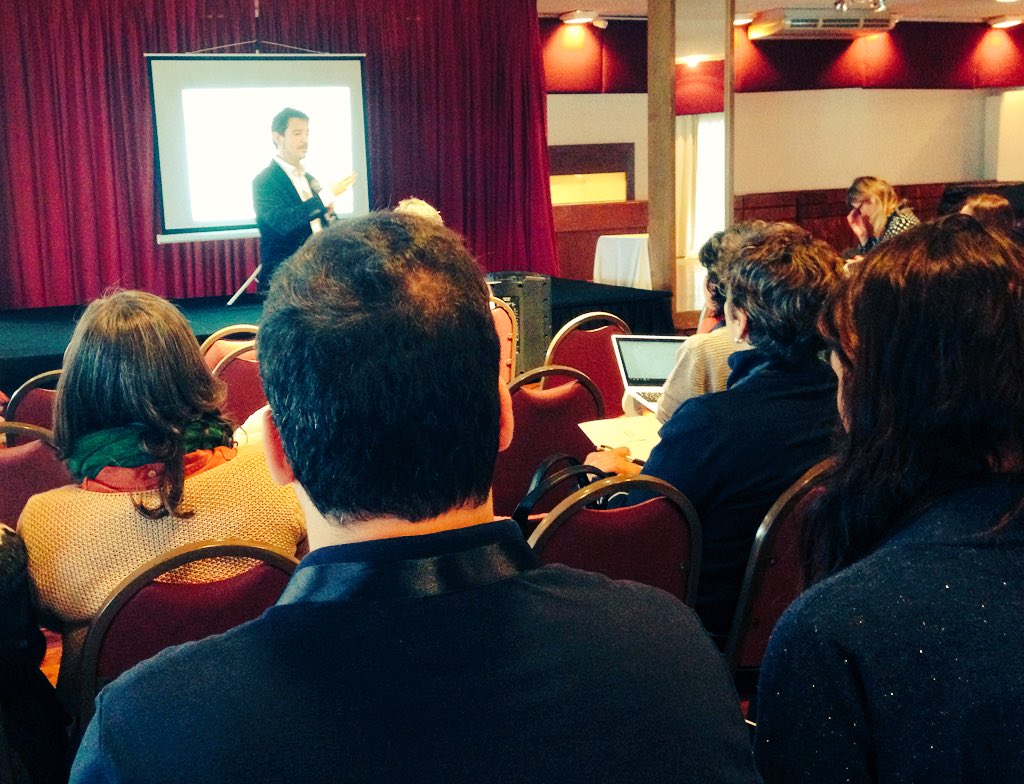One key challenge is the vocabulary which may vary drastically across domains. Sentence structure may differ as well and this have heavy consequences on downstream tasks e.g., NER.
verbatlas.org/search?word=UN…
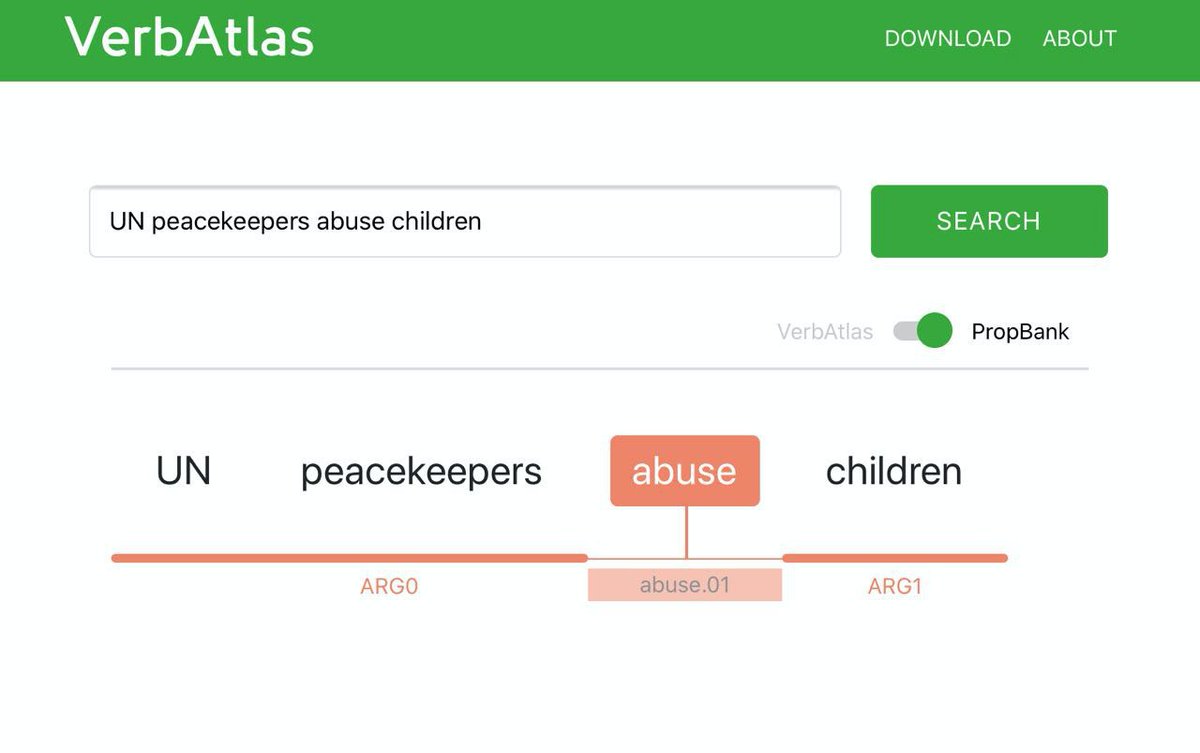
1) Can we utilize recent technologies to address cross-X transfer?
2) How?
Where X can be Language, Modality or Domain.
- two surprise languages (Odia and Ilocano)
- two weeks to develop a solution
- no annotated data
- minimal remote exposure to native speakers.


